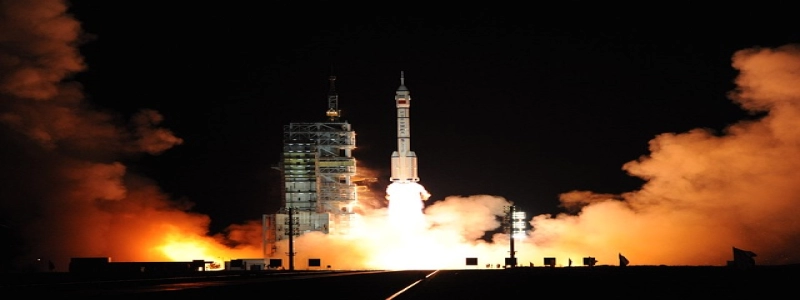[Image of Ethernet]
Ethernet: The Ubiquitous Networking Technology
介紹:
Ethernet is a widely used networking technology that serves as the foundation for local area networks (LANs) around the world. Developed in the early 1970s, Ethernet has undergone various iterations and improvements, becoming faster, more reliable, and capable of handling higher data volumes. In this article, we will explore the multiple levels of Ethernet and delve into its detailed functionality.
Overview:
Ethernet is a set of networking protocols and technologies that enable the transmission of data packets over a physical medium, usually copper or fiber-optic cables. It is governed by the Institute of Electrical and Electronics Engineers (IEEE) and standardized under the IEEE 802.3 specification. Ethernet allows computers and other devices to communicate with each other, allowing for seamless data transfer and resource sharing.
Multiple Levels of Ethernet:
Ethernet operates at several levels, each ensuring a specific aspect of network functionality. Let’s examine them in detail:
1. Physical Layer (Layer 1):
At the lowest level, the physical layer deals with the actual transmission of electrical or optical signals through the network medium. It defines the wiring, connectors, and signaling techniques required to establish a physical connection between devices. Common physical layer specifications include 10BASE-T, 100BASE-TX, and 1000BASE-T, which represent different data transfer speeds and cable types.
2. Data Link Layer (Layer 2):
The data link layer is responsible for ensuring reliable and error-free data transmission across the physical medium. It divides data packets into frames and adds control information to detect and correct transmission errors. Ethernet uses a Media Access Control (MAC) protocol called Carrier Sense Multiple Access with Collision Detection (CSMA/CD) to manage access to the network medium, ensuring fair data transmission between multiple devices.
3. Network Layer (Layer 3):
Although Ethernet primarily operates at the data link layer, it can also support network layer functionality through the use of additional protocols. For example, Internet Protocol (IP) can be encapsulated within Ethernet frames, allowing for network routing and addressing. This enables Ethernet to connect different LANs and communicate over larger networks, such as the internet.
Benefits and Applications:
Ethernet offers numerous advantages that have solidified its position as the de facto standard for LAN connectivity. These include:
1. High Speed: Ethernet has evolved to support gigabit and even terabit speeds, allowing for rapid data transfer within local networks.
2. Scalability: Ethernet networks can be easily expanded by adding more switches and devices, making it highly scalable for growing network demands.
3. Flexibility: Ethernet is compatible with various types of network mediums, including copper, fiber-optic, and even wireless connections, offering flexibility in network design.
4. Widely Supported: Ethernet is universally supported by networking equipment manufacturers and is compatible with a wide range of devices and operating systems.
結論:
Ethernet has revolutionized the way we connect and share information within local networks. Its multiple levels of functionality ensure reliable data transmission, while its scalability and flexibility make it suitable for various applications. With the ever-increasing demand for faster and more robust networking technologies, Ethernet remains an essential and steadfast solution.








